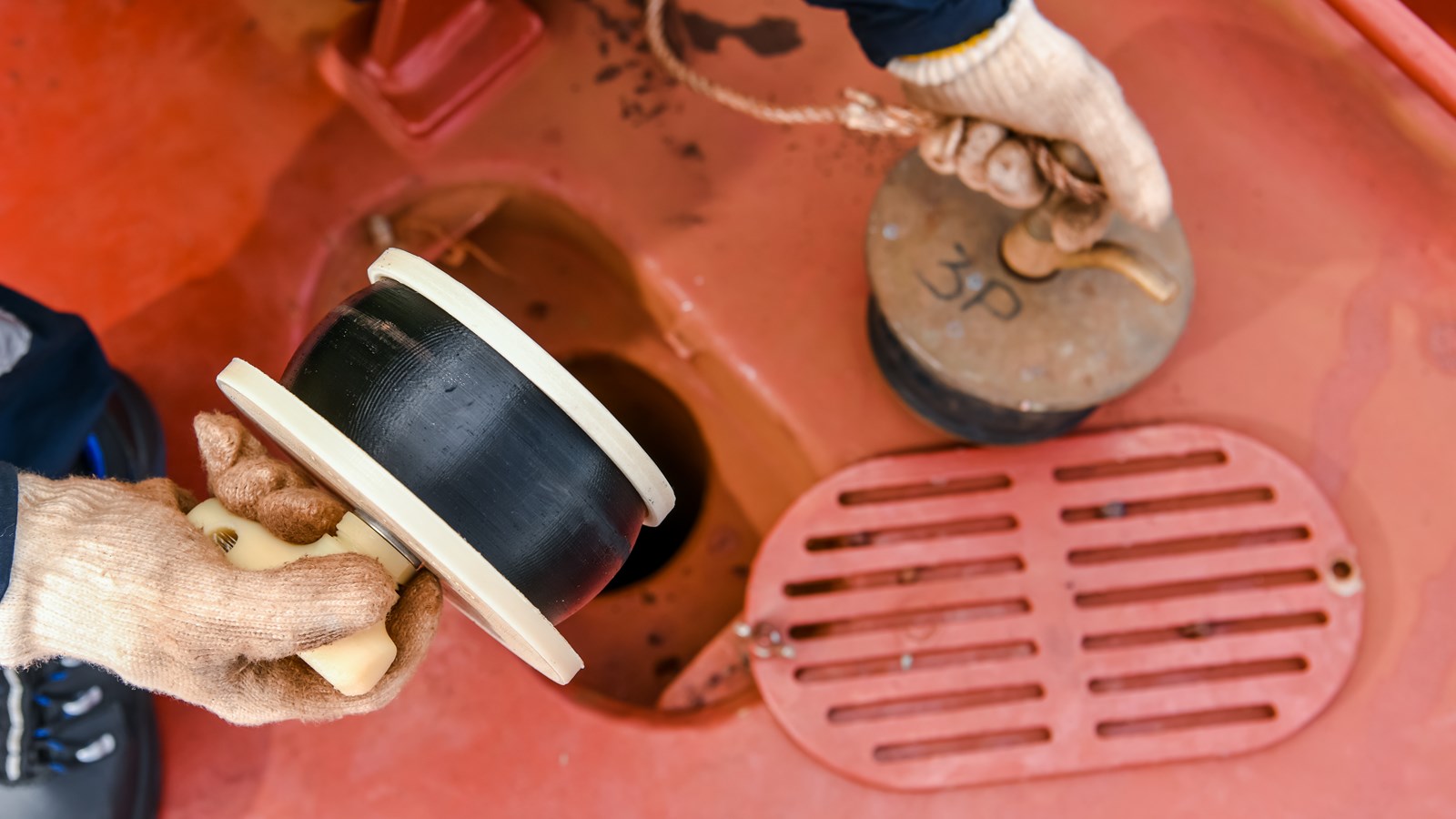The Maritime and Port Authority of Singapore (MPA), Singapore’s National Additive Manufacturing Innovation Cluster (NAMIC) and Singapore Ship Association (SSA) have announced Phase 2 of their Joint Industry Programme (JIP) to implement additive manufacturing in the marine industry.
The JIP aims to establish the commercial viability, technical feasibility and regulatory requirements behind the use of additive manufacturing for marine parts. Phase 1, which concluded in October, surrounded research on the market feasibility for producing marine parts with additive manufacturing.
The next phase will be a Call For Proposals 2020, where MPA, NAMIC and SSA are seeking to bring together key industry players across the value chain to showcase the potential of AM technology for maritime and/or marine parts. This will be performed by 3D printing and certifying parts and installing them onboard vessels. The invitation is extended to interested classification societies or AM technology suppliers to participate as industry consortium leaders for Phase 2 of the JIP; application deadline is 6 April 2020.

The Joint Industry Programme
The JIP aims to solve the challenge of maintaining maritime assets, which are capital intensive and prove costly when in need of repair. Replacement of marine spare parts involves many actors in the supply chain, which raises costs in terms of inventory, logistics, and cost of spare parts (especially for obsolete parts).
As such, the JIP, established by MPA, NAMIC, and SSA, aims to leverage additive manufacturing to overcome these problems by providing on-site manufacturing capabilities for maintenance. Localized production of goods via a distributed network of 3D printers can help to reduce lead times and transport costs. For example, instead of waiting days for spare parts to be shipped, they can be printed on-site in a ship.
For Phase 1 of the JIP, the organizers selected Oslo-based international classification society DNV GL as the lead researcher to conduct a market feasibility study. The research sought to establish the commercial viability of additive manufacturing for marine parts based on the list of parts most commonly ordered by JIP partners when their ships call at the Port of Singapore.

The JIP report for Phase 1 highlights that “while the Singapore maritime sector is currently making impressive strides to implement new technologies, the adoption level of the newly emerging additive manufacturing technology is very low compared to other sectors such as aerospace and medical.” Citing a lack of confidence and awareness in additive manufacturing compared to traditional production methods, the JIP, therefore, aims to accelerate the technology’s adoption.
Singapore Is a leading maritime hub; the sector is a key pillar of the country’s economy according to the JIP report, contributing about 7 percent of Singapore’s Gross Domestic Product (GDP). Due to its position in the maritime sector, the report states that “Singapore encourages new technologies such as additive manufacturing for on-demand digital spares which could proactively prepare the industry for current and future challenges.” This can be seen in the Early Adopter Program (EAP) established by global maritime industry group Wilhelmsen and additive manufacturing service bureau Ivaldi Group. The EAP is an initiative in Singapore where Wilhelmsen and Ivaldi Group are supplying 3D printed spare parts on-demand to ships and other vessels; this is currently open to six customers.

Phase 2 of the JIP: Installing 3D printed parts
Moving on to Phase 2, the JIP members will now focus on selecting applicants to 3D print the parts identified in Phase 1 and install them aboard vessels. These parts are required to have been optimized for additive manufacturing in relation to material and design. It is possible for applicants to select parts from outside the list from Phase 1, however, this must be justified in terms of commercial viability and technical feasibility.
After 3D printing and installing the part, the applicants should produce a comprehensive project report outlining the technical assessment and commercial viability of the component. Each applicant should comprise an industry consortium of an AM technology supplier/service bureau, classification society, and end-user(s) (e.g. ship owners/ ship management companies). Their proposal should outline selected parts, methodology, fabrication strategy, cost breakdown and more, and the project should last no longer than 14 months. For more details on the application process, click the link.
The nominations for the 2020 3D Printing Industry Awards are now open. Who do you think should make the shortlists for this year’s show? Have your say now.
Subscribe to the 3D Printing Industry newsletter for the latest news in additive manufacturing. You can also stay connected by following us on Twitter and liking us on Facebook.
Looking for a career in additive manufacturing? Visit 3D Printing Jobs for a selection of roles in the industry.
Featured image shows cargo ships in the sea off the coast in Singapore. Photo by Michael Petch.

